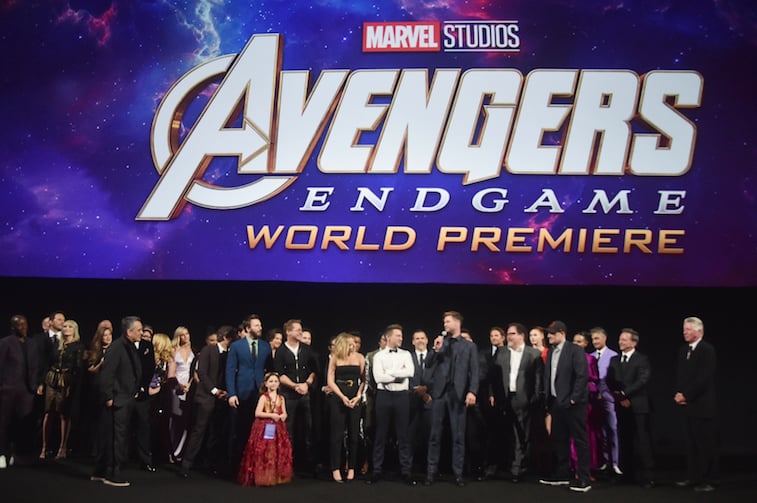This Was the Tragic ‘Avengers: Endgame’ Moment That Inspired Planters’ Mr. Peanut Ad
Fans celebrate Marvel Cinematic Universe movies for, among other things,. their famous inter-connectivity.
The studio’s decision to make the movie Shang-Chi and the Legend of the Ten Rings seemed out of left field at first – but then Marvel chief Kevin Feige revealed that the Ten Rings had been around since the very first MCU movie, Iron Man.
What does that have to do with a peanut that has a face, legs and a monocle? As it turns out, the demise of the Planters character Mr. Peanut, was inspired by Tony Stark’s final sacrifice.

R.I.P. Mr. Peanut
Mr. Peanut has nothing if not a fascinating history. A 16-year-old schoolboy came up with the anthropomorphic figure, who seemed like a British citizen with his top hat, monocle, spats and a cane. He even had a given name: Bartholomew Richard Fitzgerald-Smythe.
Corporate symbols come and go over the years, and relatively few of them have had the kind of longevity that Mr. Peanut enjoyed. Yet it all came crashing down in a commercial also starring Wesley Snipes and Matt Walsh.
The odd trio are driving in a peanut-shaped vehicle, and Bartholomew Richard Fitzgerald-Smythe sacrifices himself so that Wesley Snipes and Matt Walsh might live.
As it turns out, his death was inspired by Avengers: Endgame. Just as the dusting ending of Infinity War came to symbolize some kind of demise, like the fading away of MoviePass, Tony Stark’s noble sacrifice in Endgame inspired Planters and their ad managers.
Real life intrudes on Mr. Peanut
Screen Rant reported that Mike Pierantozzi, Group Creative Director at VaynerMedia, spoke to MSN about the ad, saying : “When Iron Man died, we saw an incredible reaction on Twitter and on social media. It’s such a strange phenomenon. We did the unthinkable: we created a program and an idea where Mr. Peanut dies, and dies specifically sacrificing himself for his friends, which has always been a tenet of who he is and what he does — he always puts others first.”
Several other companies and celebrities played along with the campaign, with farewells coming from the likes of Nesquik, Doctor Pepper and Oscar Meyer, which tweeted, “Mr. Peanut, you’re gone too soon. You rode the hot dog highways with us in the Nutmobile and were always there when we needed some nutty advice. You died as you lived, helping friends when they needed you most.”
Noble as that is, the move was not without controversy, or at least bad timing. Planters had intended to make this a high-profile Super Bowl ad.
A hashtag saying “RIP Mr. Peanut ” started trending on Twitter, then NBA legend Kobe Bryant died in a helicopter crash with his daughter, and suddenly the death of a corporate symbol, however well loved, seemed trivial by comparison. The ad campaign was suspended as a result.
Requiem for a peanut
As it turns out, Mr. Peanut is not completely and entirely dead. Planters asked themselves a question: What do you do when a beloved character dies, but you still want to carry on his legacy for future generations? They took a lesson from another Disney property, Star Wars, or more specifically, The Mandalorian. Baby Yoda, meet Baby Nut.
Yes, that’s right, Mr. Peanut has been born again as a young one, and the debates will doubtlessly rage on. Is Baby Nut a different character or the old one reincarnated? Where did he come from? Is it really even right to call him Baby Nut? Did you know that peanuts are not really nuts, but legumes?
Wherever he is, Tony Stark must be giggling to himself.


